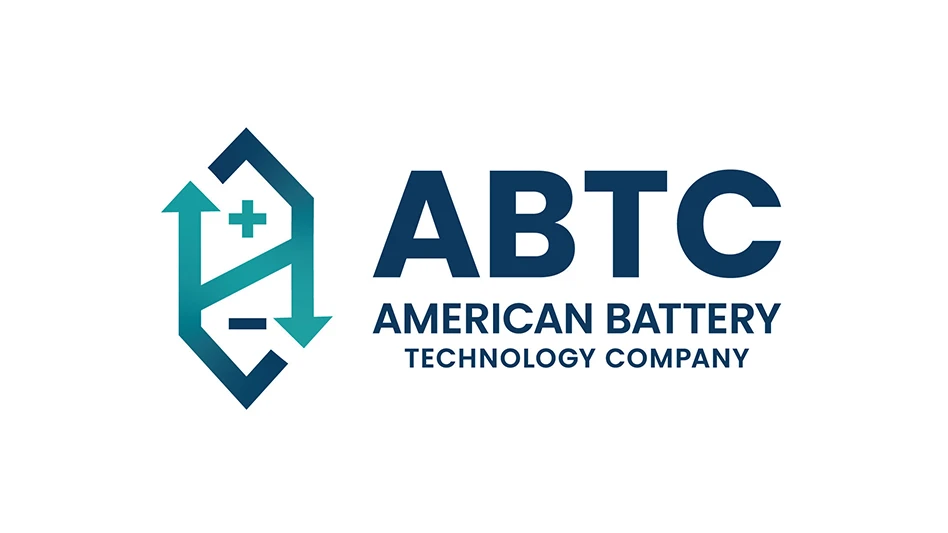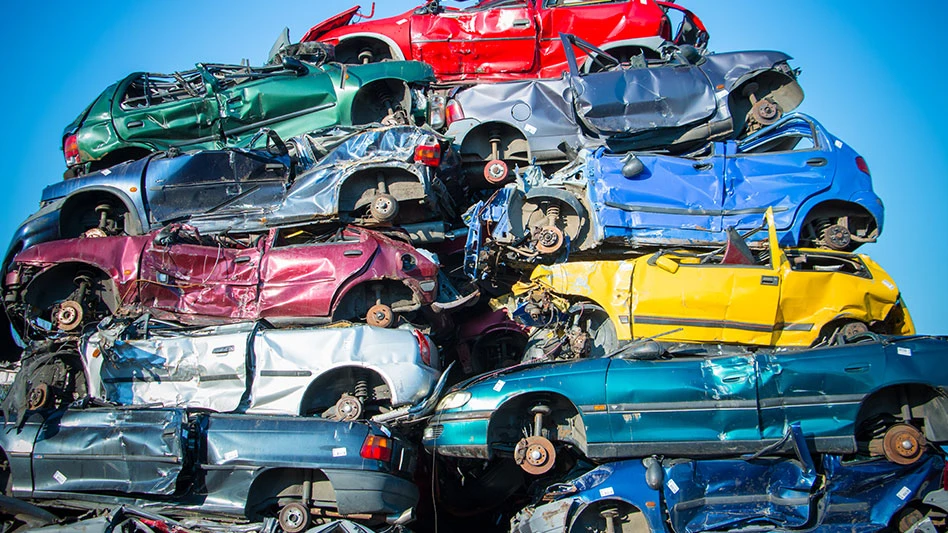
Photo courtesy of Coca-Cola Co.
Coca-Cola Co. brands Dasani and Sprite have made changes to their plastic packaging designed to support a circular economy.
Dasani is releasing bottles made from 100-percent-recycled polyethylene terephthalate (rPET), excluding caps and labels, while Sprite is transitioning from green to clear plastic bottles. This change is intended to increase the material’s likelihood of being recycled into new beverage bottles, Coca-Cola, which is headquartered in Atlanta, says.
Dasani’s transition to rPET bottles
Dasani bottles in the United States, including 20-ounce and 1.5-liter singles to 10-ounce and 12-ounce multipacks, will be packaged in 100-percent-recycled plastic beginning this summer. In Canada, all Dasani bottles will be made with rPET. The change supports Dasani’s pledge to remove the equivalent of 2 billion virgin plastic bottles from production by 2027 relative to 2021 levels and the company’s World Without Waste goal to use at least 50-percent-recycled material in its bottles and cans by 2030. Its goals under World Without Waste also include making all of its packaging recyclable by 2025 and having at least 25 percent of its beverages sold in refillable/returnable packaging by 2030.
Chris Vallette, senior vice president of technical innovation and stewardship at Coca-Cola, tells Recycling Today that Coca-Cola is committed to reducing its virgin plastic use by not only increasing its use of rPET but also by lightweighting its bottles.
He says the company’s “complicated distribution system” is why the entire portfolio of Dasani bottles has not yet made the transition to 100 percent rPET. The bottle sizes that have made the transition all are produced across the same facilities and have access to reliable supplies of rPET.
Vallette says the company’s manufacturing system and bottler are different in Canada and it was easier to make the transition to 100-percent-rPET bottles all at once in that country.
In February of last year, Coca-Cola announced the launch of 100-percent-rPET Dasani bottles and Coca-Cola 20-ounce bottles in New York, California and Texas. According to the company, that launch helped the Coca-Cola's system to identify the best-quality sources of rPET and fine-tune production processes needed to make bottles using solely rPET.
However, so the company can increase its use of rPET, the supply of this material must grow, Vallette says.
“We have got to improve collection and get the processors stood up to produce the output,” he says.
While designing a bottle made from rPET presented something of an “engineering challenge,” particularly for Coca-Cola’s sparkling beverages given their pressure, Vallette says, “getting the rPET in the right place and in adequate, secured supply,” is the bigger issue.
Going green by nixing green
Improving rPET supply is part of the reason the company is transitioning Sprite to clear bottles. Starting Aug. 1, that brand is shifting its PET packaging from its signature green color to clear. While green PET is recyclable, Coca-Cola says the recycled material is more often converted into strapping, clothing and carpeting rather than new PET bottles.
“Taking colors out of bottles improves the quality of the recycled material,” says Julian Ochoa, CEO, R3CYCLE, a postindustrial and postconsumer PET reprocessing company headquartered in Waxhaw, North Carolina, that is working with Coca-Cola Consolidated of Charlotte, North Carolina, to enable bottle-to-bottle recycling across the company's largest U.S. bottler’s 14 state-territory. “This transition will help increase availability of food-grade rPET. When recycled, clear PET Sprite bottles can be remade into bottles, helping drive a circular economy for plastic,” Ochoa adds.
“Sprite’s move to clear will help us introduce more 100-percent-rPET bottles like Dasani is launching and keep more bottles in the circular economy,” Vallette says.

Sprite’s packaging graphics will retain the brand’s recognizable green hue and include “Recycle Me” messaging.
Coca-Cola North America’s entire green plastic portfolio—including packaging for Fresca, Seagram’s and Mello Yello—will transition to clear PET in the coming months, the company says.
By using clear PET bottles, the company hopes to improve the supply of end-of-life PET bottles as long as consumers recycle these bottles when they are done with them.
Increasing recycling
Coca-Cola, along with Keurig Dr Pepper and PepsiCo, through the American Beverage Association’s Every Bottle Back initiative, is investing to improve the collection of PET bottles. Every Bottle Back, in an effort to improve the quality and availability of recycled plastic in key regions of the country, is directing the equivalent of $400 million to The Recycling Partnership and Closed Loop Partners through a new $100 million industry fund that will be matched three-to-one by other grants and investors. The investments are being used to improve sorting, processing and collection in areas with the biggest infrastructure gaps to help increase the amount of recycled plastic available to be remade into beverage bottles, the ABA says. Among the communities awarded grants so far are Laurel, Maryland; Big Bear City, California; Dallas-Fort Worth; Gwinnett County, Georgia; Marquette County, Michigan; and Baltimore.
“As long as demand is there and supply is not, it will put continuous price pressure [on rPET],” Vallette says. “If we can get all of the bottles back, we can help our suppliers control their costs better, and that ultimately helps us.”
As part of its plan to use more rPET, Vallette says Coca-Cola is setting up long-term relationships with rPET suppliers, working to understand their processing capabilities and collaborating to improve efficiencies rather than relying on spot market purchases of material.
Dasani’s transition to 100-percent-rPET for the body of its bottles is projected to save more than 20 million pounds of new plastic compared with 2019 levels and to cut more than 25,000 metric tons of greenhouse gas emissions in 2023 alone, Coca-Cola says.
Coca-Cola says it is working to drive consumer awareness through the use of on-pack messaging that reads “100% Recycled Bottle” and “Recycle Me Again” as well as using calls to action on retail signage and other communications.
“We saw how much the 100-percent-recycled PET message truly resonates with our customers and consumers, particularly Dasani fans whose sustainability expectations are especially high,” Vallette says.
Addressing reuse
At least one nongovernmental organization has greeted Coca-Cola’s recent announcement regarding its transition to a clear Sprite bottle as “greenwashing.”
Washington-based Greenpeace USA Plastics Project Lead Kate Melges released a statement that reads: “Just because a plastic bottle is recyclable does not mean that it gets recycled. Coca-Cola’s recent announcement is yet another blatant greenwashing attempt from one of the world’s worst plastic polluters. It is estimated that of all the plastic waste ever produced up to 2015, only 9 percent was recycled. We are in the midst of a massive plastic pollution crisis, and we cannot recycle our way out of it. In 2021, Coca-Cola manufactured 125 billion single-use plastic bottles—13 billion more plastic bottles than the previous year. Instead of turning off its plastic tap, Coca-Cola is continuing to produce billions of throwaway bottles every year, impacting our health and harming our oceans, our climate and our communities. If Coca-Cola wants to be a real leader in the fight against the plastic and climate crises, it must be more ambitious and commit to 50 percent reuse and refill by 2030.”
In response to such criticism, Vallette says Coca-Cola has a “three-pronged approach” to reducing virgin plastics use: minimizing the amount of plastic needed to make structurally sound bottles, making 25 percent of its packaging reusable and working to improve recycling of the bottles that are placed into the market. “No one of those three will meet market and consumer needs,” he says. However, the combination of them will reduce plastic waste and lower greenhouse gas emissions, Vallette says.
Reusable options the company is exploring include glass and plastic returnable containers as well as allowing consumers to use their own containers.
Latest from Recycling Today
- Circular by Shapiro releases "5 for Five" sustainability series
- Graphic Packaging set to close Ohio CRB facility
- Ameripen voices support for Maryland EPR bill
- Matalco to close Canton, Ohio, plant
- Maryland county expands curbside recycling to include electronics
- California EPS ban will be enforced
- YKK AP America introduces BetterBillet
- Fresh Perspective: Cameron Keefe





